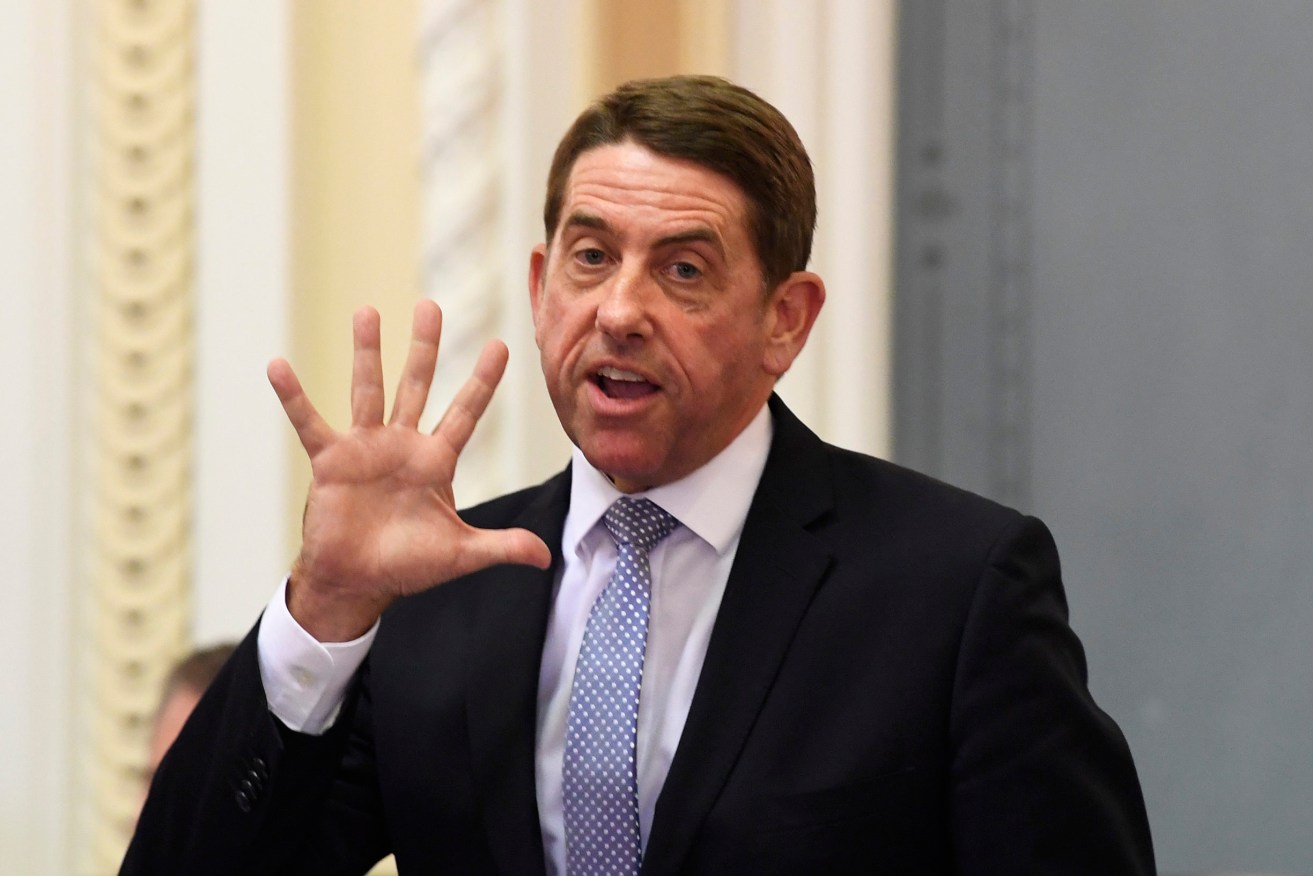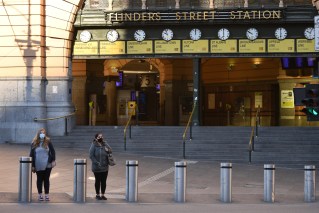Can you ever have enough public servants? Cameron Dick doesn’t seem to think so
The Queensland Government will soon have 250,000 publics servants. Is that too many, or not enough? Last week’s State Budget doesn’t give us much of a clue, writes Robert MacDonald.


Queensland Treasurer Cameron Dick faces a handful of problems as the government heads towards its October election date.. (Photo: AAP Image/Dave Hunt)
Does Queensland really need 250,00 public servants?
Treasurer Cameron Dick clearly thinks so. He announced another 8,000 new jobs in last week’s State Budget.
That means 50,000 more public servants since the Palaszczuk Government won office seven years ago in February 2015 – a 25 per cent increase.
Dick also seems to assume that the 242,000 or so public servants already on the books are essential to the good running of the state.
There’s certainly no hint of any review of existing operations and numbers – just more of the same, much more.
It’s all about restoring the front-line services slashed by the one-term Campbell Newman government and keeping up with population growth, Dick says.
And yes, you can never have enough health workers or teachers or police.
So, let’s assume all of the new hires are based on rigorous planning, unaffected by the demands of Queensland’s most powerful unions.
But do we really need one public servant for every 21 Queensland residents?
Even if we do, how do we know we’re hiring the right public servants with the right skills?
It’s a question QUT’s former Vice-Chancellor Peter Coaldrake raised in his 2018 review of the Queensland public sector workforce.
“At one level, the Queensland public sector of tomorrow will be expected to perform the two tasks it does today,” he wrote.
“The first is to deliver on behalf of the government of the day a range of essential services to the community.
“The second is to provide the best possible advice and strategies to enable government to tackle the biggest and most intractable challenges – the so-called `wicked problems’ – facing society and communities.”
But, as he notes, “the context in which those two tasks are being undertaken is, however, vastly and radically changing”.
They include global challenges such as technological disruption and climate change, and specific, local challenges such as “entrenched Indigenous disadvantage or regional inequality”.
“Meanwhile, governments – under both budget constraint and rising consumer pressure – are being required to perform better, and to provide more tailored services, but with fewer resources,” Coaldrake writes.
In other words, having the right number of front-line essential workers is one thing.
But a modern public administration also needs people with a wide range of skills, from specialists to manage outside service providers and contractors to thinkers and strategists with deep policy knowledge.
This latest budget will definitely test the expertise of the Queensland public service, as noted by the Infrastructure Association of Queensland (IAQ).
IAQ CEO Priscilla Radice welcomed the Budget’s nearly $60-billion, four-year infrastructure investment program, which she said was affordable given increased revenues from royalties and tax revenues.
But as she noted,” delivering the infrastructure spend at the accelerated rate outlined is ambitious”.
“It will require agencies to work together and engage proactively with the private sector to reform planning, design, delivery and procurement methodologies.”
Hand in glove with having a properly skilled public service workforce is the question of productivity.
Is the Queensland public service productive enough? That’s a Iot tougher to answer than whether the organisation is the right size and properly skilled.
The Budget papers have a whole section on the Government’s “productivity reform agenda” but good luck to anyone who comes away much the wiser after reading it.
Here’s a sample:
“A more productive economy improves the living standards of all Queenslanders and allows real wages to grow.
“While many factors influence productivity, the government can play an important role through robust policy and regulatory settings and the efficient delivery of services.”
Well, yes but how exactly?
The answer?
“The Queensland Government is progressing its productivity reform agenda by:
- developing productivity-enhancing reforms and initiatives across a broad range of priority areas;
- ensuring new and existing regulations are necessary, fit-for-purpose and well-designed;
- identifying and progressing regulatory reforms where regulation may impede investment in new industries and technologies;
- improving the way regulators administer and enforce regulation to reduce the regulatory burden on business and the community; and
- working with the Queensland Small Business Commissioner to identify regulatory reform priorities to support small business.
All of which sounds reasonable if waffly but what’s missing is any explanation of how all this might be measured or how success might be recognised, or even what success might be.
This is a budget that spends a great deal of money and then demands that we trust an ever-growing Queensland Government to deliver.
Personally, I’ve got one burning question – are the 30 media people in Premier Annastacia’s office essential workers?
If the Government thinks so, that’s the problem right there.












